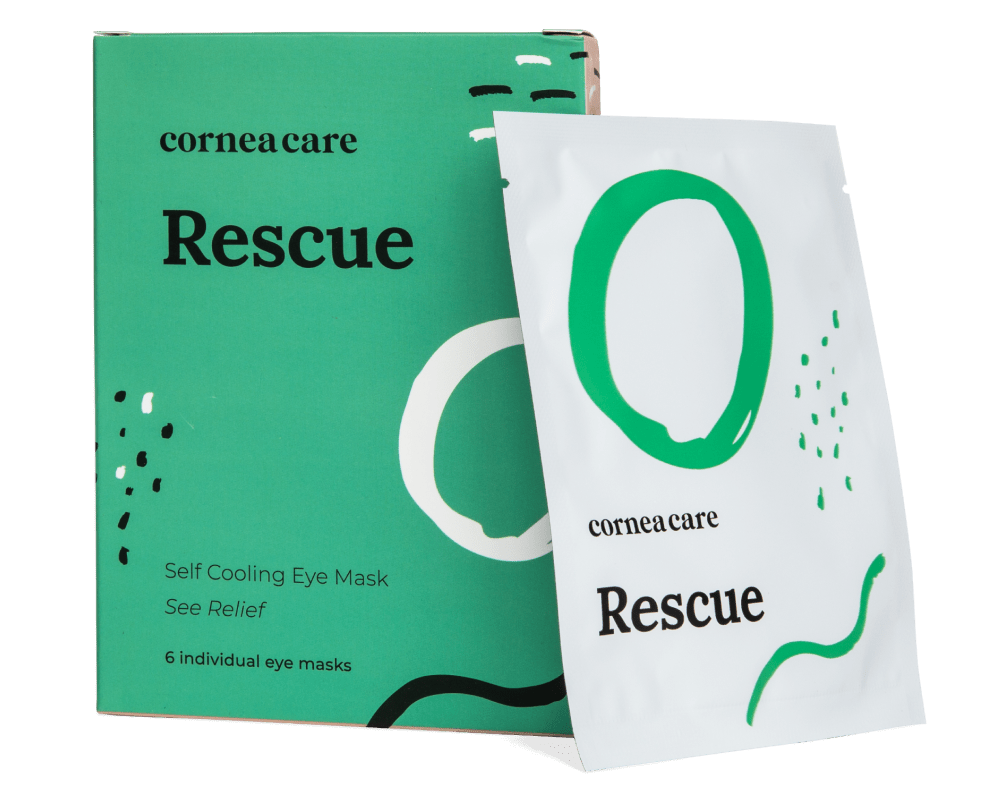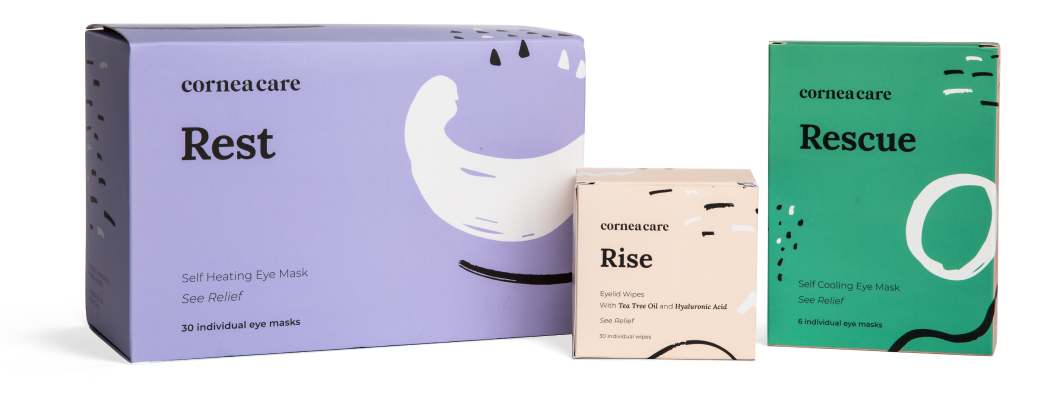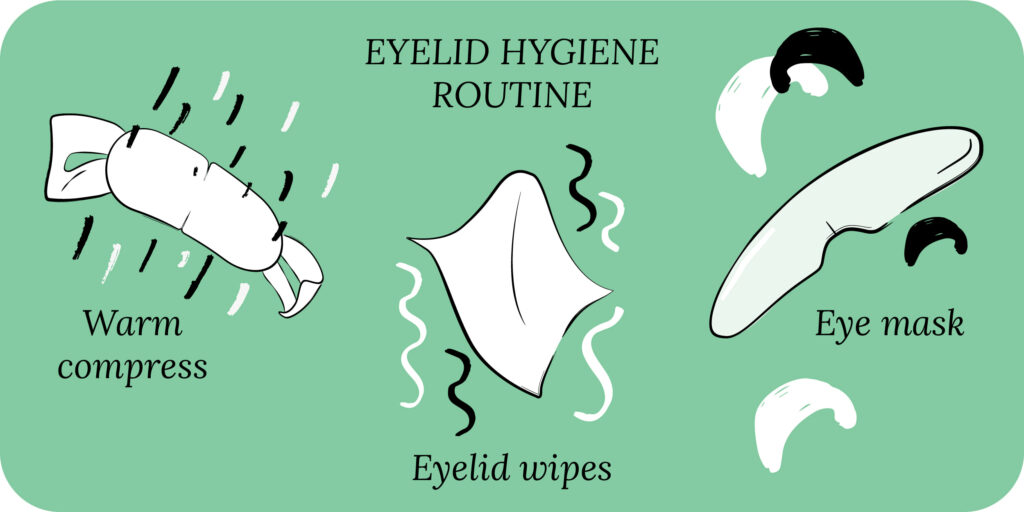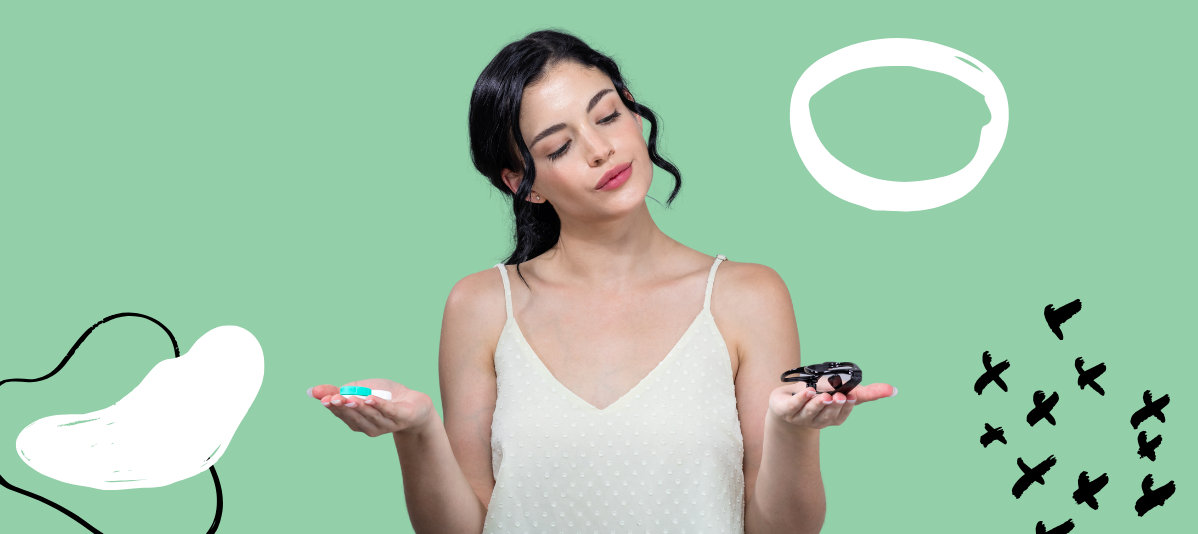What You Need to Know about Contact Lenses and Styes
Waking up with a stye is no fun. But, it may be even more of an issue for contact lens wearers. If you wear contact lenses, you may wonder, “Can you wear contacts with a stye?”
This article will explore the causes and symptoms of styes, the difference between styes and a similar condition called a chalazion, and share the best course of action to treat a stye. Additionally, we’ll go over whether you can wear contacts with a stye.
Key Points
- A stye is a painful eye infection caused by clogged eyelash follicles and eyelid glands.
- Wearing contact lenses with a stye may spread the infection and cause more discomfort.
- Treating a stye at home is easy and should help to resolve your symptoms in a few days.
Understanding Styes
First, know that styes are typically not vision-threatening, though they can be uncomfortable.
In most cases, a stye will resolve on its own. You can treat symptoms at home, but may need to visit an eye doctor (optometrist or ophthalmologist) if the eyelid swelling affects your vision.¹ While some people are more prone to styes than others, you can take steps in your daily eye care routine to avoid getting a stye.
It’s important to know what a stye is and the differences between a stye and a chalazion, a stye and pink eye, and whether or not you should avoid contact lenses when you have a stye.
What is a Stye?
A stye (also referred to as a hordeolum, sometimes spelled “sty”) is a painful red bump on or inside your eyelid.¹ In addition to a bump and pain, symptoms include eyelid swelling, feeling like something is in your eye (foreign body sensation), and watery eyes. Some people also experience light sensitivity.¹
If you’re ever in doubt or concerned about your symptoms, see your eye doctor immediately.
Know the Difference: Two Types of Styes
There are different causes for external and internal styes. External styes are more common than internal styes and tend to be less severe.¹
External stye
An external stye forms at the base of your lash due to a bacterial infection in the eyelash hair follicle. The bacteria staphylococcus aureus (staph) typically causes the infection. This type of stye may resemble a pimple.¹
People who wear eye makeup, like mascara and eyeliner, may experience an external stye if you don’t remove eye makeup entirely. Using expired makeup, or using makeup of someone who has an eye infection, can also lead to the development of a stye.

Rescue
Cold Compresses
Perfect for sudden flare-ups of eye dryness, pain, burning, and swollen/inflamed eyelids. Free shipping 📦.
Try today - $12
Internal stye
Internal styes develop inside your eyelid. The oil glands (called meibomian glands) that produce oil in your eyelids can get backed up, leading to an internal stye.¹
People with certain eye conditions, like blepharitis, develop styes because the condition results from inflammation in the meibomian glands.¹ Blepharitis symptoms also include dry eyes, itching, and crusty eyelids.² It is a common condition among people who have dandruff, rosacea, and some forms of dermatitis.²
Difference Between a Stye and Chalazion
You will notice a bump on your eyelid in both a chalazion and a stye. Like styes, clogged oil glands cause chalazia.¹
The most significant difference between a stye and a chalazion is that a stye is very painful and a chalazion is typically not associated with pain.¹ You can think of a chalazion as a stye that is not inflamed (yet). A chalazion can lead to a stye if it becomes infected or inflamed.¹
While styes can make the entire eyelid swell, a chalazion usually occurs on one part of the eyelid.¹ The treatment for both a stye and chalazion is similar unless they affect your vision.
Can You Wear Contact Lenses with a Stye?
Because styes result from infection, it is best to avoid wearing contact lenses until your eyelid heals. Whether you wear hard (rigid gas permeable) or soft (daily disposables or extended wear lenses) contacts, you should wear your eyeglasses while your stye heals.³
For soft lenses, it’s best to throw away your current set of lenses and start with a fresh pair after your infection clears. For hard contact lenses, be sure to properly cleanse the lens with a cleaning solution and disinfect your case.
You may find that avoiding contacts is more comfortable even if you just have a chalazion, but it is safe to wear them with a chalazion.³
When can you wear contacts again?
Once your stye has completely healed, and there’s no redness, swelling, or tenderness, you can start wearing contact lenses again. If you use soft lenses, begin with a fresh pair to avoid reintroducing bacteria. Hard lens wearers should thoroughly disinfect their lenses and case before use.
If you frequently get styes, consider switching to daily disposable contacts to reduce bacterial buildup. If your eyes still feel irritated after healing, consult your eye doctor before resuming contact lens wear.
Treating a Stye at Home
Most styes will resolve on their own within a few days. You can get relief and prevent infection from spreading by following these steps:⁴
- Use a warm compress 3 to 5 times per day to gently help loosen the clogged oil in your eyelids. You can make a warm compress at home using warm water and a washcloth. For a solution that doesn’t require heating, CorneaCare’s Rest warm compress doesn’t require a microwave and stays warm for up to 30 minutes. They come individually wrapped for your convenience.
- Use eyelid wipes or cleanser to keep your eyelids clean. This is a good daily habit to practice even when the stye clears up. CorneaCare’s Rise eyelid wipes are a great way to refresh and cleanse the eyelids while moisturizing the skin around the eyes.
- Do not touch the swollen area of your eye or try to pop the stye.
- Avoid wearing eye makeup until the infection is gone.
- Wash your hands often and avoid touching your eyes.
- You may find that using a cold compress throughout the day soothes your eyes. The CorneaCare Rescue hydrogel cold compress mask is convenient and does not require refrigeration.

All Rounder
Eyelid Hygiene Plan 3
Perfect for eye dryness, burning, itching, grittiness, crusting/flaking of eyelashes and inflamed/swollen eyelids. Free shipping 📦.
Try today - $60
Stye Prevention
The best thing you can do to keep your eyes safe from eye infections like styes is to follow daily eyelid hygiene.⁴
- Remove face and eye makeup before going to bed at night with a gentle cleanser. If you don’t wear makeup, still take time to wash your face before bed.
- Use eyelid wipes in the morning to remove any buildup from the night.
- Use a warm compress nightly before bed.
- Wash your hands often.
- Don’t share eye makeup with anyone.
- Discard expired or contaminated eye makeup.

When At Home Treatment Isn’t Enough
In rare cases, the infection can spread, causing your eyelids to swell even more and interfere with vision.
Call your eye doctor if your symptoms get worse or do not improve after a few days. Your eye doctor may prescribe antibiotic eye drops to treat the infection, or a steroid shot to reduce severe swelling.¹
Can I Wear Contacts with a Stye FAQ
When you have a stye, avoid squeezing or popping it, as this can spread infection and worsen inflammation. Try not to touch or rub the area, as this could irritate it further. Also, avoid using eye makeup and contact lenses until the stye heals, as these can introduce more bacteria and slow down the healing process.
Yes, it’s generally better to wear glasses if you have a stye. They’re a better option than contact lenses during this time because contacts can increase irritation and introduce bacteria. Sticking to glasses can help protect your eye and reduce discomfort while the stye heals.
A stye typically begins with redness and tenderness at the edge of the eyelid. It then forms a small, painful bump that may swell and fill with pus, creating a yellowish tip. As the stye drains or bursts naturally, the pain usually decreases, and it gradually heals over a few days to a week.
Putting It All Together
If you’ve ever had a stye, you know how irritating they are. It’s hard to perform daily tasks while you are in pain, and you may have to cancel fun plans to take care of your eye.
While your stye is healing, it’s best to avoid anything in or near your eye, including wearing contacts and eye makeup. Like most common eye conditions, the best way to prevent styes and chalazia is to practice daily eyelid hygiene.
Care for your eyes like you do the rest of your body and continue to thrive in your daily life!
What’s Next
To learn more about how to wear contact lenses safely, check out:
- How to Tell if a Contact Lens is Still in Your Eye
- Can I Wear Contacts with Dry Eyes?
- What Happens if You Sleep with Contacts In?
- Are Colored Contact Lenses Safe?
To learn more about eye styes, read:




